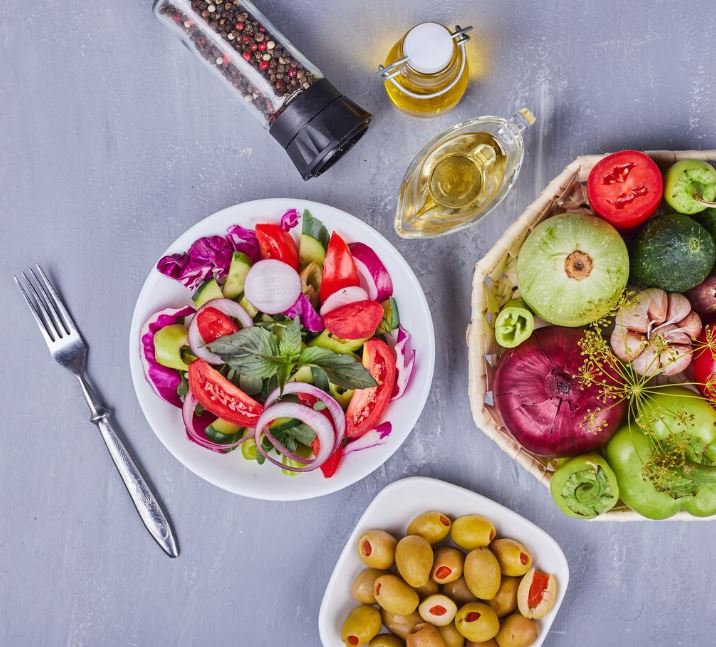The Proper Nourishment for Combating Chronic Pain is discussed in this article.
According to estimates from the CDC, nearly 50 million adults in the United States have chronic pain. With such a high prevalence of chronic pain, it is crucial to determine strategies beyond traditional treatment and give people living with such conditions more options.
In this light, a previous overview of articles on alternative options for pain management highlighted the 4Fs, and how paying attention to dietary intake can help lower pain levels. This can be attributed to how food is one of the underlying causes of inflammation, which can trigger or increase chronic pain.
Making the right food choices and adopting the right eating habits can help alleviate pain symptoms. Here’s a closer look at how individuals with chronic pain can improve their health through proper nourishment.
Reducing inflammation through polyphenols
While inflammation can be a contributing factor to chronic pain, there are natural foods that help reduce inflammation and ease pain over time. A study on dietary patterns and interventions for chronic pain published in the Nutrients journal has mentioned that foods that are rich in micronutrient polyphenols are known to have anti-inflammatory properties. Additionally, these foods also reduce oxidative stress, which serves as another pathway for chronic pain.
Most plant-based foods contain polyphenols, but here are the ones with the highest polyphenol content:
- Fruits: cherries, blackberries, elderberries
- Vegetables: cruciferous veggies like broccoli and leafy greens like spinach
- Nuts: chestnuts, hazelnuts, almonds
- Herbs and spices: cloves, cilantro, ginger
It is important to aim for freshness and variety when incorporating these foods into your diet. However, since chronic pain can make food preparation and cooking difficult, patients can also make stews, soups, and casseroles in batches using frozen mixed vegetables.
Maintaining a healthy weight
Weight management is also recommended for individuals with chronic pain, as a 2019 study published in Elsevier found that the levels of an inflammatory biomarker called C-Reactive Protein (CRP) increased when participants gained weight.
Diet plays a significant role in weight loss and reducing chronic pain, but it is crucial not to compromise nutrition in the process. As opposed to restrictive diets, science-backed weight loss programs can be tailored to ensure you’re losing weight, reducing chronic pain, and meeting your nutritional needs all at once. Such programs do not only guide you toward choosing anti-inflammatory foods in the right quantities but are also designed with the help of nutritionists and dietitians to provide long-term relief and healing.
Taking probiotics
Aside from anti-inflammatory foods and weight loss, probiotics also represent a potential approach to pain management. Probiotics refer to selected live strains of microorganisms that can be consumed in order to improve gut health.
But how does this relate to chronic pain? A study published in the Cells journal in 2022 found that because of the connection between the gut and the brain (gut-brain axis), maintaining gut health with probiotics can help regulate the brain’s pain receptors and decrease pain perception. Individuals with chronic pain can add probiotics to their diet by eating low-fat yogurt and fermented foods like sauerkraut and pickles.
Preventing nutrient deficiencies
In instances where individuals cannot meet the recommended intake of essential nutrients, they can still prevent nutrient deficiencies and alleviate chronic pain through dietary supplements.
One example is omega-3 fatty acids, which exhibit anti-inflammatory properties. These can be found in natural sources like fish, flaxseed, and hemp oil, but omega-3 supplements have also shown potential as a natural remedy for chronic pain. Although this is a nutrient-based treatment, individuals should still consult with a dietitian or medical professional to ensure they are taking the right dosage for pain management.
In conclusion, diet and nourishment can contribute to a holistic, integrative approach to the treatment and management of chronic pain. When trying out a specific diet or food to help with your inflammation or pain symptoms, ensure that it is backed by science and advised by health professionals for your optimal health and safety. If you’re looking for more guides and resources on dealing with chronic pain, check out the rest of the articles published in this blog.
Content intended only for the use of barbyingle.com By Maggie Wade


